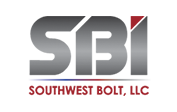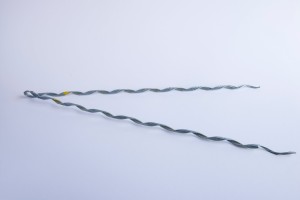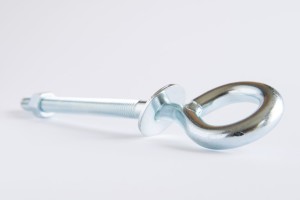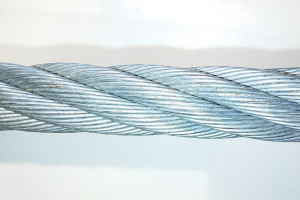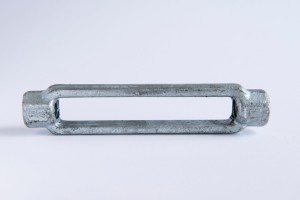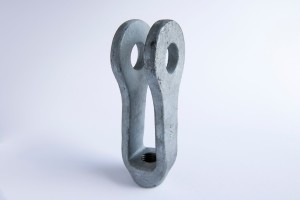Brace Grips
Bracing Ends are designed to provide fast and efficient guy strands termination used in metal building construction. Bracing Ends are designed for use with standard guy strands 9/16 diameter or less, produced to ASTM A.475 or CSA G12 specifications. Both Bracing Ends and the guy strands itself have a left-hand lay. Requirements for Guy Ends for strands other than those described above should be referred to the factory.
Eye Bolts
Eyebolts are simple and effective pieces of hardware that create an attachment point for a rope or cable to a larger piece of equipment.
The two distinct parts of an eyebolt are the eye—a circular metal loop to which the rope or cable is tied or through which it will pass—and the shank, a threaded fastener which anchors the eye to a solid base. A “shoulder” may extend below the eye to the top of the shank, providing a larger, flat surface which creates more stability on the face of the mounting item. The shoulder helps the eyebolt support angular loads caused by tension on the rope or cable.
EHS Cable
EHS High Strength
EHS galvanized cable is designed for bracing and tensioning application. Commonly used in guying and tensioning application because it has very little stretch.
Turnbuckles
Turnbuckles allow for the adjustment of cable length and tension, fitting to the cable assembly, and adjusting the end fittings an equal amount on each side. They are often used in conjunction with clevises. Turnbuckles possess right hand internal threads on one end and left hand internal threads on the other. By rotating the turnbuckle, the entire assembly is drawn tight.
Clevises
Clevises are provided as components of tie rod assemblies and are often used in conjunction with turnbuckles. In a typical cross bracing assembly, a threaded rod is supported at each end by a clevis. One end of each clevis will grip onto a steel plate and is secured with a pin.
When a single tie rod is used between two clevises, one end of the assembly uses right hand thread and the other end uses left hand thread. As the rod is turned, the assembly draws tight. When a turnbuckle dissects the rod assembly, both clevises (and the end of the rods threading into them) will use right hand thread. The opposite end of one of the two rods which make up the assembly will require left hand thread to mate with the turnbuckle.
